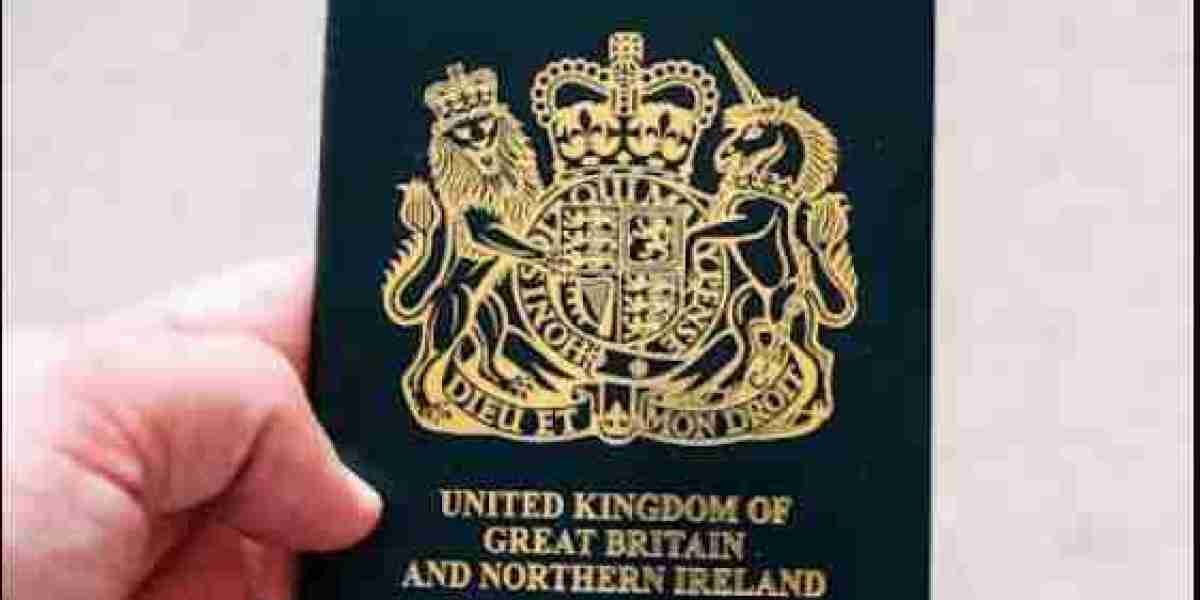Starting your visa journey can seem confusing, especially if it’s your first time dealing with the UK Visa and Immigration process. Whether you're applying to study, work, visit, or join family in the UK, knowing the right steps can make things smoother and less stressful. This article breaks it down into simple, clear tips—making sure you understand what’s needed and how to go about it.
Let’s explore what you need to know right now.
1. Choose the Right Visa Type
The first and most important step is choosing the correct visa. Picking the wrong category can lead to rejection, even if your documents are perfect. The most common UK visa types include:
Visitor Visa: Short stays like tourism, business meetings, or short courses.
Student Visa: For those accepted into a UK school, college, or university.
Skilled Worker Visa: For people with a job offer from a UK employer.
Family Visa: If you're joining a partner, parent, or child living in the UK.
Before you apply, visit the official UK government site to check which visa type matches your situation.
2. Understand the Eligibility Criteria
Every visa type has different requirements. Make sure you meet all of them before starting the application. Here are some basic checks:
Age requirements (some visas need you to be 18+)
Proof of funds
Valid offer from a UK-based sponsor or institution
English language skills (for certain long-term visas)
No serious criminal record
Knowing these in advance helps avoid surprises later.
3. Prepare the Right Documents
One of the main reasons applications are delayed or rejected is missing documents. Here are the essential items you may need:
Valid passport or travel document
Financial proof (bank statements or sponsor letters)
Confirmation of acceptance (for study or work visas)
Tuberculosis test (if required from your country)
Proof of relationship (for family visas)
Accommodation details
English test results (if needed)
Tip: Make sure all documents are in English or officially translated.
4. Understand Financial Requirements
Each visa has a minimum amount you must show to prove you can support yourself while in the UK. Here's a simplified version of the latest figures:
Student Visa:
£1,334/month if studying in London
£1,023/month if studying outside London
Skilled Worker Visa:
Minimum salary: £38,700 per year (as updated in 2025)
Family Visa:
You must show an income of £29,000 per year (rising to £38,700 by 2026)
These numbers are essential—your visa may be refused if your funds don’t match the required level.
5. Be Ready to Pay the Right Fees
Fees vary depending on the visa you’re applying for. Here's a breakdown:
| Visa Type | Application Fee |
|---|---|
| Visitor (6 months) | £115 |
| Student Visa | £490 |
| Skilled Worker Visa | £719 |
| Family Visa | £1,846 |
You’ll also need to pay the Immigration Health Surcharge (IHS):
£1,035 per year (standard adult)
£776 per year (for students or children)
Always check the latest fee structure before applying.
6. Complete the Online Application
Once your documents and funds are ready, fill out the application form online at gov.uk. Take your time. Double-check every detail before submission to avoid delays or errors.
After submitting, you’ll be guided to pay your fees and book a biometric appointment.
7. Attend a Biometric Appointment
After applying online, you must visit a local visa application centre (VAC) to:
Give fingerprints
Take a photograph
Submit your passport and documents (if required)
Bring all your paperwork with you and arrive on time. Once done, your visa is officially under process.
8. Processing Time and Tracking
Processing times depend on the visa type:
Visitor Visa: 3 weeks (on average)
Student Visa: 3 to 4 weeks
Skilled Worker Visa: Up to 8 weeks
Family Visa: 12 weeks or more
You can track the progress of your application online. You may also opt for priority services at an extra cost for quicker results.
9. What Happens After Approval
When your visa is approved, your passport will be returned with a vignette (a sticker showing your visa details). For long-term visas, you’ll collect your BRP card (Biometric Residence Permit) upon arrival in the UK.
Make sure you:
Travel within the validity of the vignette
Collect your BRP within 10 days of arrival
Carry your visa documents during your travel
Also, starting in 2025, many travellers will need an ETA (Electronic Travel Authorisation) even for short visits. This applies mainly to people from visa-exempt countries.
10. Mistakes to Avoid
Avoid these common errors:
Submitting incomplete documents
Providing false information
Missing deadlines for document uploads
Applying under the wrong visa type
Not meeting the English requirement
Even small mistakes can lead to refusal, which may affect future applications.
11. What If Your Application Is Refused?
If your visa is refused, don’t panic. You may have options:
Administrative Review: If you think the decision was wrong based on law or process.
Appeal: Allowed for some visa types, especially family visas.
Reapply: Correct the errors and submit a fresh application.
Always read the refusal letter carefully to understand the reason before deciding your next step.
Final Advice
The UK Visa and Immigration process may seem overwhelming at first, but breaking it down into small steps makes it easier. Start by identifying the right visa, gather documents early, and follow the application instructions closely.
Always use official sources for updates, as rules and fees can change. If in doubt, consult an immigration adviser or solicitor.
Whether you're planning a visit, starting studies, joining loved ones, or beginning work in the UK—understanding the UK Visa and Immigration process gives you a solid start. In 2025 and beyond, being informed is the best way to move forward with confidence.







